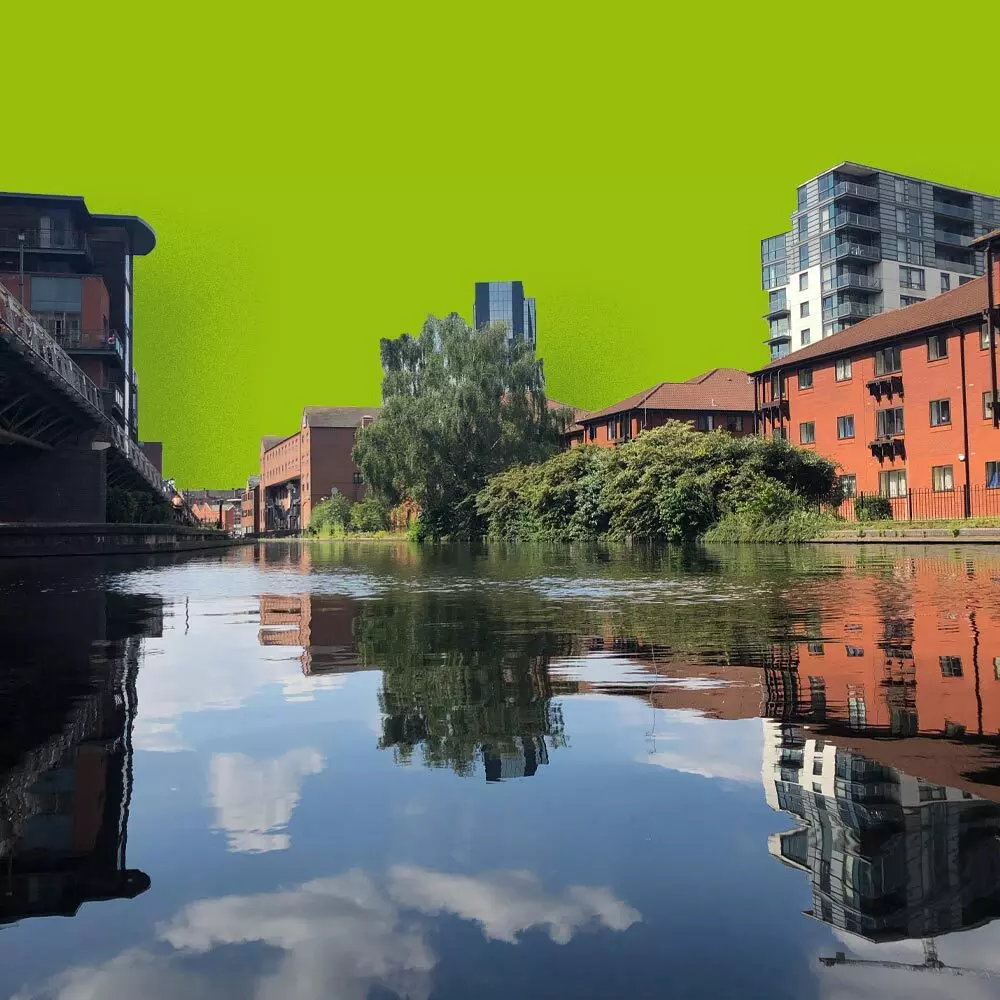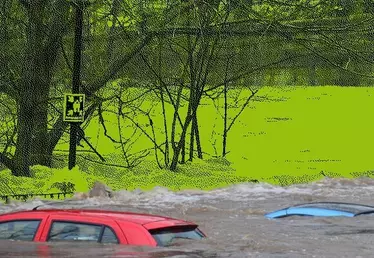

Hero banner custom title
How can we protect our homes from rising water?
4 min
All over the world, sea levels are rising due to climate change, and are threatening coastal residents. In some cases, entire states such as the Maldives or the Kiribati Islands are at risk. What can we do to reduce these risks?
On the east coast of England, the village of Happisburgh is collapsing into the sea. Here, coastal erosion, accelerated by climate change, is progressing at record speed. The coastline is retreating by an average of 1.7 meters a year. Some thirty houses and a road have already sunk. In the coming decades, the medieval heart of the village, with its 600 houses and church, will be inevitably at risk of disappearing: the British government has stopped investing in the dyke that protected the coastline, which was too costly for the small village.
Around the world, climate change is slowly reshaping coastlines, as sea levels rise and storms become more frequent. In an attempt to save the most populated coastlines, kilometers of dykes and other hard structures are being built. Beaches are also being replenished, with trucks or boats delivering sand from elsewhere. The Delta Plan in the Netherlands is probably one of the most striking examples of this engineering feat. For four decades, dykes and dams have been built and dunes raised to counter storms and floods in a vast area at low altitude, if not below sea level...
But this battle has a very high cost, and some side effects. “You can secure the coastline with a dyke,'' notes Eric Chaumillon, professor at the University of La Rochelle and the CNRS (French National Center for Scientific Research), ''But if the coast is exposed to waves, the beach will disappear behind it. Moreover, these structures are very expensive to build and maintain, and require a lot of energy, whereas climate change mitigation requires sobriety”.
On the island of Ré, a dyke cost 10 million euros for less than 1 km, according to the researcher.
“We are well aware that we will not be able to protect the entire coastline this way”, he stresses.
Climate refugees
Like the English village of Happisburgh, some areas are already considering retreating from the threat of the ocean and relocating their residents. In France, the Signal building in Soulac-sur-Mer (Gironde) is emblematic in this respect. A victim of coastal erosion, this four-storey building, with an unobstructed view of the Atlantic Ocean, had to be evacuated in 2014. Its co-owners, considered to be the country's first climate refugees, were compensated by the State seven years later.
A little further south, in Lacanau, the erosion is just as spectacular. The coastline could retreat by 65 meters by 2040. As a matter of urgency, the authorities have reinforced the riprap that protects the seafront of the Lacanau Océan district. But by 2050, a more radical scenario is envisaged: moving a whole part of the town inland. The project is currently being studied, with the prospect of high costs and uncertain legal tools. If Lacanau could thus serve as a climate laboratory, other towns on the Atlantic coast have been classified as risk areas in the face of rising waters.
“We realize that over the last few decades, we have often built too close to the coast. Today, we must stop, otherwise we will force future generations to spend huge sums of money to protect themselves, and create situations that will be difficult to manage socially”.
Buffer areas
Protecting key assets with dykes, refraining from building in vulnerable areas, moving back when there is no other choice... In some cases, where there are still large areas of undeveloped coastline, another approach has emerged in recent years: nature-based solutions. “All over the world, we are starting to see areas being abandoned to the sea or renatured so that coastal ecosystems can adapt and become resilient to the impacts of climate change”, explains Mr Chaumillon.
In this perspective, coastal defense must be rethought, not against nature, but together with it. A helping hand is sometimes needed to restore the ecosystem: planting vegetation on the dunes, spreading branches to limit their retreat, digging breaches so that these mounds of sand can easily reform inland... Large areas can also be submerged in storms and floods without damage. These wetlands can support waterbirds and other species. They can also host adapted human activities, such as sheep farming on salt meadows, or salt pans...











